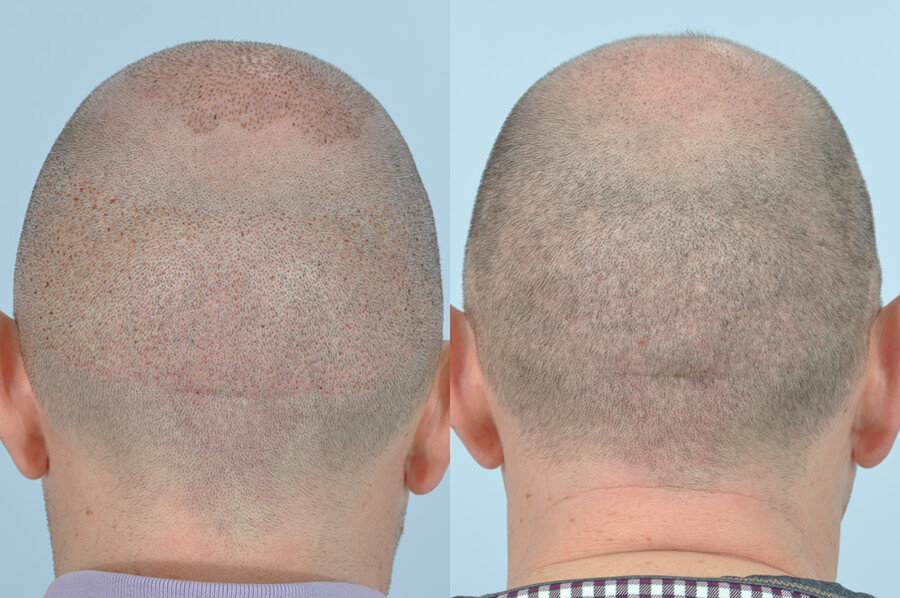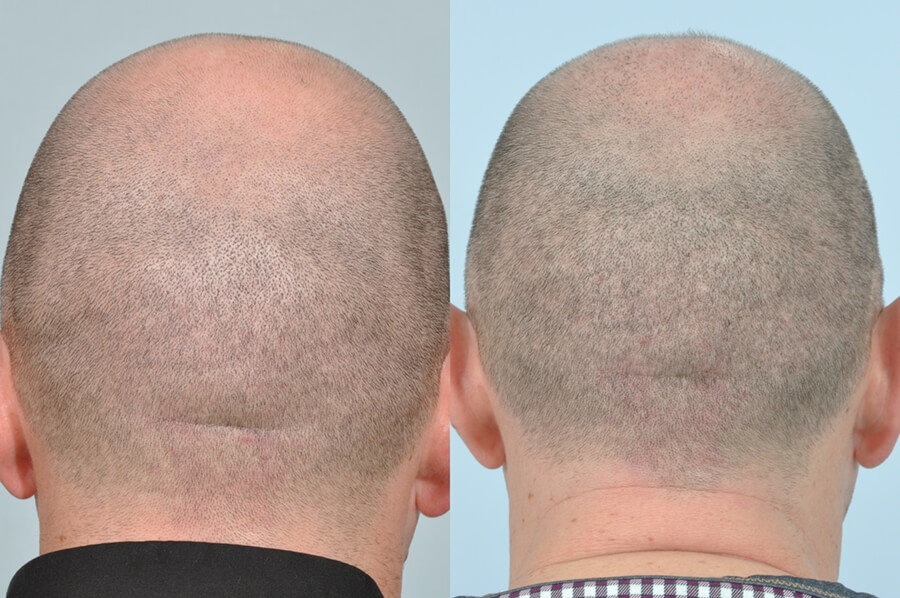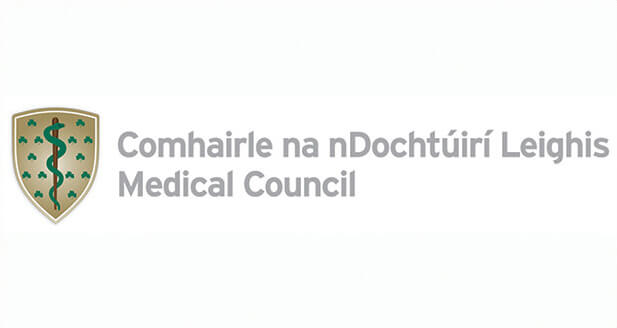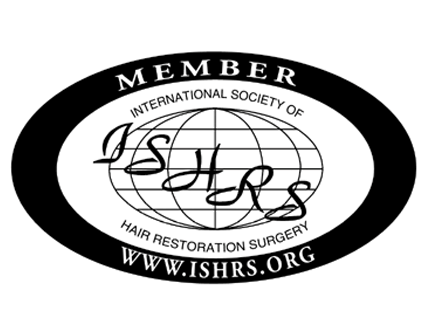Follicular Unit Extraction “FUE”– What to Expect.
Patients undergoing an FUE hair transplant procedure often have many questions in relation to the procedure, the post operative care as well as how they will look in the days, weeks and months following their hair transplant. Here we will answer some of the more common questions that FUE patients have;
Do I have to shave my head to have a hair transplant?
For patients undergoing an FUE hair transplant in most cases the entire head must be shaved on the day of the procedure. If you would rather not shave your head for your procedure then a Follicular Unit Transplantation “FUT” transplant may be appropriate where shaving the entire head is not needed and only the strip of hair to be removed is trimmed.
I don’t normally shave my head, won’t everyone notice if I suddenly have a shaved head for my FUE procedure?
For patients considering an FUE procedure who do not normally wear their hair short we recommend a gradual change in your grooming to a shorter hair style over the months and weeks before your transplant. This allows your friends and family to get used to a tighter cut. Once the procedure has been completed and the transplanted hair begins to grow you can gradually let your hair grow longer again.
How do I know if FUT or FUE is the right choice for me?
Your consultant surgeon should advise you on the best technique for you. FUE in general is more appropriate for patients who like to cut their hair short or who may have a limited donor supply. For patients with white or fine hair or undergoing a large hair transplant procedure FUT is usually the recommended technique.
See more information on the differences between the FUT and FUE techniques here;
If I undergo an FUE hair transplant what will I look like immediately after the procedure?
As the head must be shaved in an FUE hair transplant the appearance of the skin immediately post operatively can be more obvious than in an FUT transplant where your own hair would give some camouflage in the initial post operative period. For most patients immediately following an FUE hair transplant at HRBR there will be some redness in the recipient (where the hair is placed) and the donor areas (where the hair is taken). You will not however leave the clinic with bandages. The post operative instructions at HRBR require you to spray both areas with a special solution that should reduce this redness over the first few days. Following the post operative instructions carefully will also ensure that little or no scabbing will occur in the initial post operative period.
To demonstrate here is an image (on the left) of one of our patient’s less than 20 hours following his FUE hair transplant in which 1,944 grafts were transplanted and an image (on the right) of him one month later.

Will the scarring following the transplant be noticeable?
For most patients in an FUE hair transplant, once the donor area has healed the scarring should not be noticeable to the naked eye with a tight hair cut. Should a patient shave their head following any type of hair transplant then the scarring from the transplant can be visible. We recommend patients who like to shave their head not to proceed with any type of hair transplant surgery. Please see below image of our previous patient before surgery (on the left) and one month following surgery (on the right).

Is FUE less invasive than FUT?
The answer to this is no, both techniques are surgical procedures and both go to the same depth under a patients skin in order to allow the surgeon to remove the hair with its root intact.
When can I return to work following a hair transplant procedure?
For most patients at HRBR they return to work 3 days following their hair transplant procedure. For patients undergoing an FUE procedure they may wish to take a little more time than this to allow the shaved hair to grow a little to cover any marks that might remain. In this case we would recommend taking up to 1-2 weeks before returning to work.










